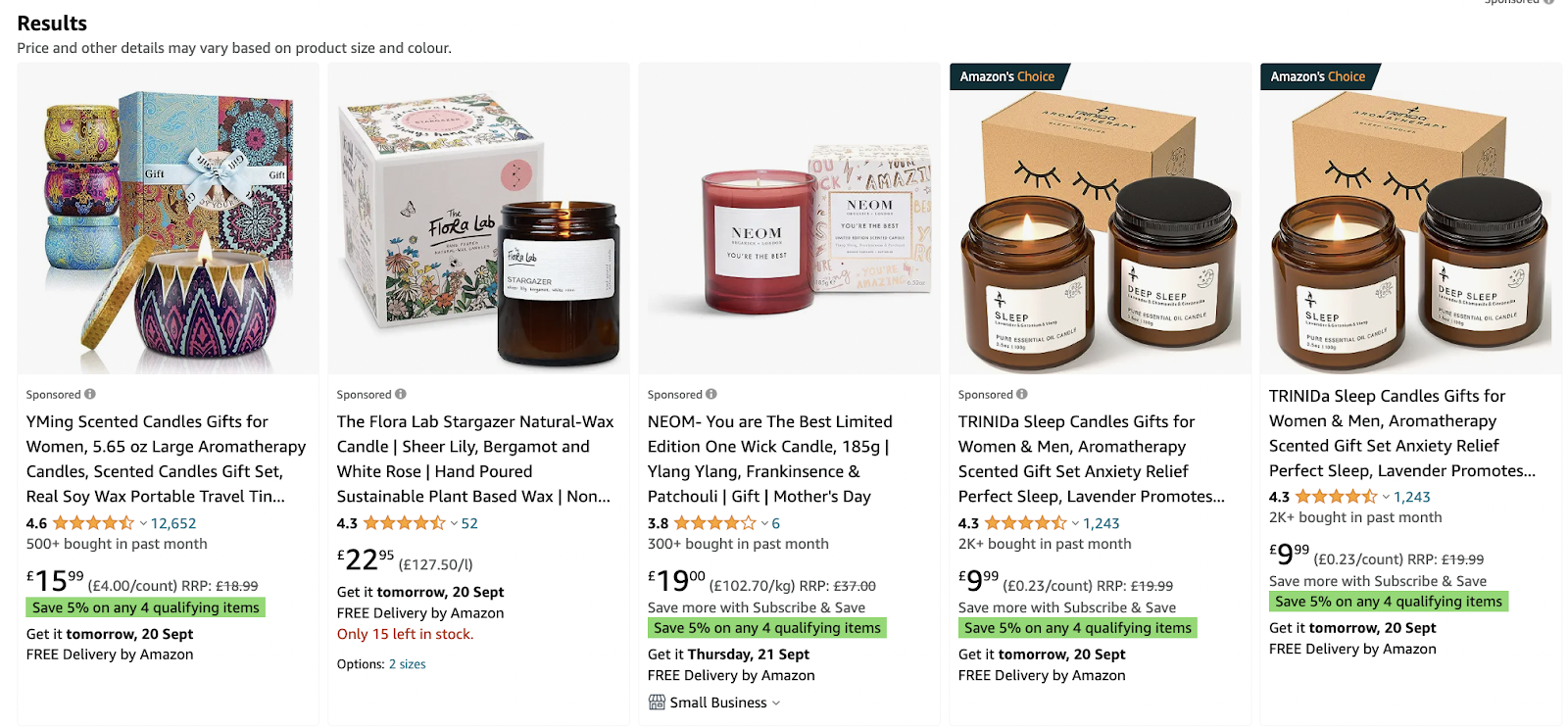Today, online sales account for one of every five retail dollars spent, according to Digital Commerce 360. If brands want to cash in on this new retail landscape, they have to meet the modern consumer on their digital journey.
Instead of placing ads on aisle endcaps and paying for product placement in store checkout lines, brands are investing in digital ads to capture online shoppers’ attention right before they purchase.
These strategic online ad placements are part of a new retail media trend that presents a massive opportunity for ecommerce brands. What is retail media? Some are calling it the third big wave in digital advertising, and according to Insider Intelligence, digital ad spend worldwide will hit $601.84 billion this year.
As shopping journeys increasingly move online, retail media offers an innovative way to attract and convert new customers through targeted messaging based on powerful behavioral data. Even better, unlike endcap ads and sponsored shelf displays, digital ads at the point of purchase can be directly linked to sales.
Here’s everything you need to know about retail media.
What Is Retail Media?
Retail media is a digital advertising strategy that involves sharing targeted ads with online shoppers at the point of purchase. It’s not a new phenomenon — it’s long been a staple marketing tactic for brick-and-mortar brands.
But, with the shift to online shopping, retail media has taken on a new shape in the form of social media ads, email marketing placements, and sponsored product listings.
The biggest difference between retail media and other online marketing strategies is that retail media targets buyers as close to checkout as possible. It intercepts digital shoppers during their journey, whether that’s on product pages, search results pages, or directly at the point of purchase.
Within this landscape, retailers are essentially becoming paid media vessels, allowing brands to pay to play if they want more eyeballs on their products.
The Amazon marketplace is a prime example of retail media in action. Amazon search results are often peppered with sponsored product ads that introduce shoppers to items they might otherwise have missed, and brands can also pay to place ads in the sidebars, on product pages, and even on checkout pages.  Image Source: Amazon
Image Source: Amazon
Almost the entire first row of an Amazon search for candles, for example, comprises sponsored product listings.
What Is a Retail Media Network?
A retail media network describes a retailer that offers a range of advertising options — just like Amazon. Brands can buy a variety of ad spots, including sidebar ads, sponsored product listings, and even email ads, through a retail media network.
A homeware brand, for example, can join Home Depot’s Retail Media+ network and pay for ads across the retailer’s site.
Most major retailers offer retail media networks, but niche retailers will start bringing digital advertising products to market as the trend continues to grow. Bain & Company projects that brands will increase their ad spend in the retail media space to $50 billion between 2022 and 2026.
Why Retail Media Is Important for Brands
The new wave of retail media makes it possible for brands to get in front of the right shoppers at the right time, rather than hoping an in-store shopper sees their endcap ad. Here are some of the major benefits of paying to play.
Better Conversion Tracking
Retail media advertising offers brands the ability to track every impression and click, making it much easier to identify which shoppers have clicked on an ad and made a purchase.
Increased Visibility
Retail media allows brands to engage shoppers who otherwise might not have found them. Brands can use the pre-built platform of existing big-name retailers to gain visibility and attract new customers.
Access To First-Party Data
The increasingly tighter regulations around data collection mean that smaller brands rarely have access to the data they need to create highly targeted ads.
Luckily, retail media lets them unlock greater insights through a retailer’s first-party data, including customers’ previous purchases, average order value (AOV), interests, and other important information.
Grow Into New Global Markets
It can be hard to expand into an unknown market without a well-established retailer’s help. Retail media gives brands the chance to grow their global customer base through ads and placements.
Reach Buy-Ready Customers
Customers who are halfway through their digital buying journey are ready to purchase, which makes them far more likely to invest in a new brand at the point of checkout because they’re already in the buying mindset.
5 Types of Retail Media Formats
The media formats available will vary depending on the retailer, but here are five common options.
1. Sponsored Products
One of the most common types of retail media are sponsored products. Brands pay to serve ads in relevant search results, as recommendations on similar product pages, or on a retailer’s core pages.
2. Paid Brand Placements
In addition to paying for product-level ads, brands can invest in ads for their company. Sponsored brand ads are firm favorites on Amazon, Walmart, and other big retailers, giving customers the chance to discover brands they otherwise wouldn’t have found.
3. Social Media Ads
While social media is technically an off-site form of retail media, it still provides a way for brands to get in front of a retailer’s audience. Brands can tap into the retailer's powerful analytics and data to make sure their product ads are served to the right people on the right platforms.
If a shopper bought a nutritional supplement over a month ago via Walmart, for example, a brand can pay to take advantage of Walmart’s partnerships with TikTok and Snap to reach that customer on social media and remind them to replenish their order.
- Email Marketing Ads
Most retailers have a complex email marketing strategy based on segments, sequences, and highly targeted messaging. Brands can tap into this by paying for an ad spot in an email or by sponsoring a banner ad in a retailer’s newsletter.
4. Display Ads
Display ads follow shoppers around a website, showing up on the homepage, product pages, seasonal pages, and checkout. These ads can help brands get in front of customers multiple times to increase their “know, like, and trust” (KLT) factor.
Jump on the Retail Media Bandwagon
Gone are the days of in-store posters and coupon flyers. Now more than ever, brands have to meet online shoppers where they’re already hanging out. Retail media is a great opportunity for brands to engage buy-ready customers through targeted ads and promotions.
As consumers continue to shop online, there’s no doubt that retail media will become a hot retail trend over the coming years.


.svg)